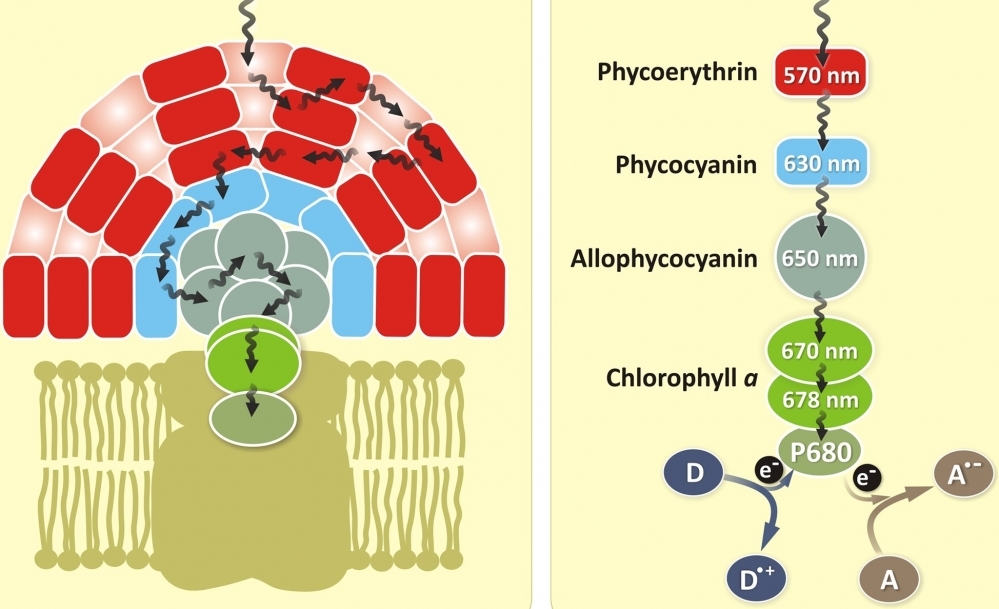ReadiUse™ CL-APC
Cross linked-Allophycocyanin; Ammonium Sulfate-Free
Cross linked-Allophycocyanin (CL-APC) is a phycobiliprotein isolated from Spirulina sp., a blue-green alga. Like other phycobiliproteins, APC is strongly fluorescent, with an extremely high absorptivity and a high quantum efficiency. It is a protein which can be easily linked to antibodies and other proteins by conventional protein cross-linking techniques without altering its spectral characteristics. APC is the least stable among the major phycobiliproteins, susceptible to dissociation at low concentrations including concentrations at which some assays are performed. CL-APC is chemically cross-linked between α and ß subunits, and is much more stable than APC. The crosslinked APC has improved stability in aqueous solution. However, all the commercial APC materials are sold in concentrated ammonium sulfate buffers. The commercial APC materials from other vendors require the tedious dialysis or other purifications performed before it can be used for labeling purposes. AAT Bioquest offers this ReadiUse™ APC that can be readily used for any labelings without any purifications required. Our highly purified ReadiUse™ APC facilitates the rapid APC conjugations to antibodies and other proteins such as streptavidin and other secondary reagents.


| Catalog | Size | Price | Quantity |
|---|---|---|---|
| 2503 | 1 mg | Price | |
| 2504 | 10 mg | Price |
Physical properties
| Molecular weight | ~105000 |
| Solvent | Water (Add 100 µL of H₂O to Cat# 2503 or 1 mL to Cat# 2504 to reconstitute to 10 mg/mL in PBS) |
Spectral properties
| Correction factor (280 nm) | 0.195 |
| Extinction coefficient (cm -1 M -1) | 730000 |
| Excitation (nm) | 651 |
| Emission (nm) | 660 |
Storage, safety and handling
| H-phrase | H303, H313, H333 |
| Hazard symbol | XN |
| Intended use | Research Use Only (RUO) |
| R-phrase | R20, R21, R22 |
| Storage | Refrigerated (2-8 °C); Minimize light exposure |
| UNSPSC | 12171501 |
Documents
Contact us
| Telephone | |
| Fax | |
| sales@aatbio.com | |
| International | See distributors |
| Bulk request | Inquire |
| Custom size | Inquire |
| Technical Support | Contact us |
| Request quotation | Request |
| Purchase order | Send to sales@aatbio.com |
| Shipping | Standard overnight for United States, inquire for international |
Page updated on December 15, 2025

